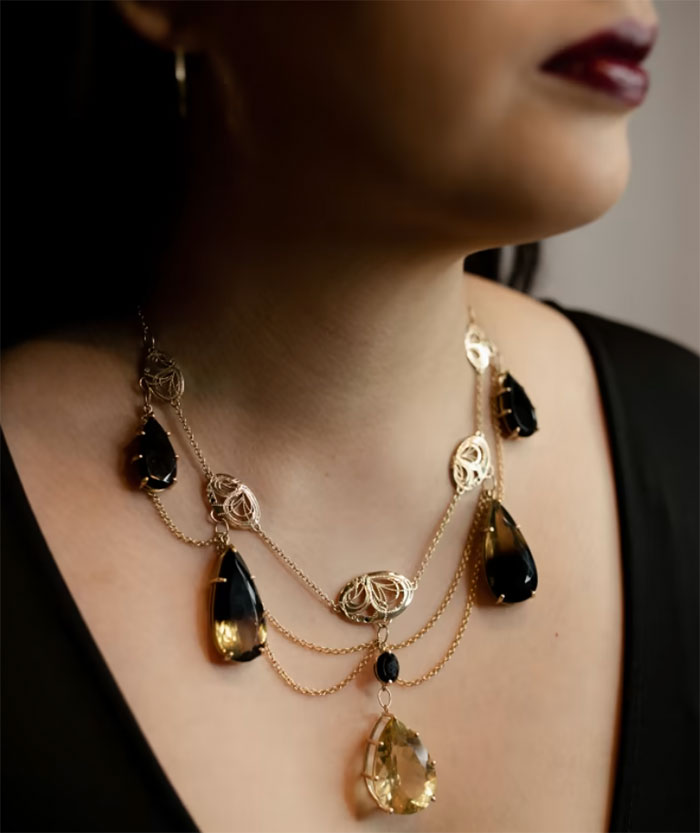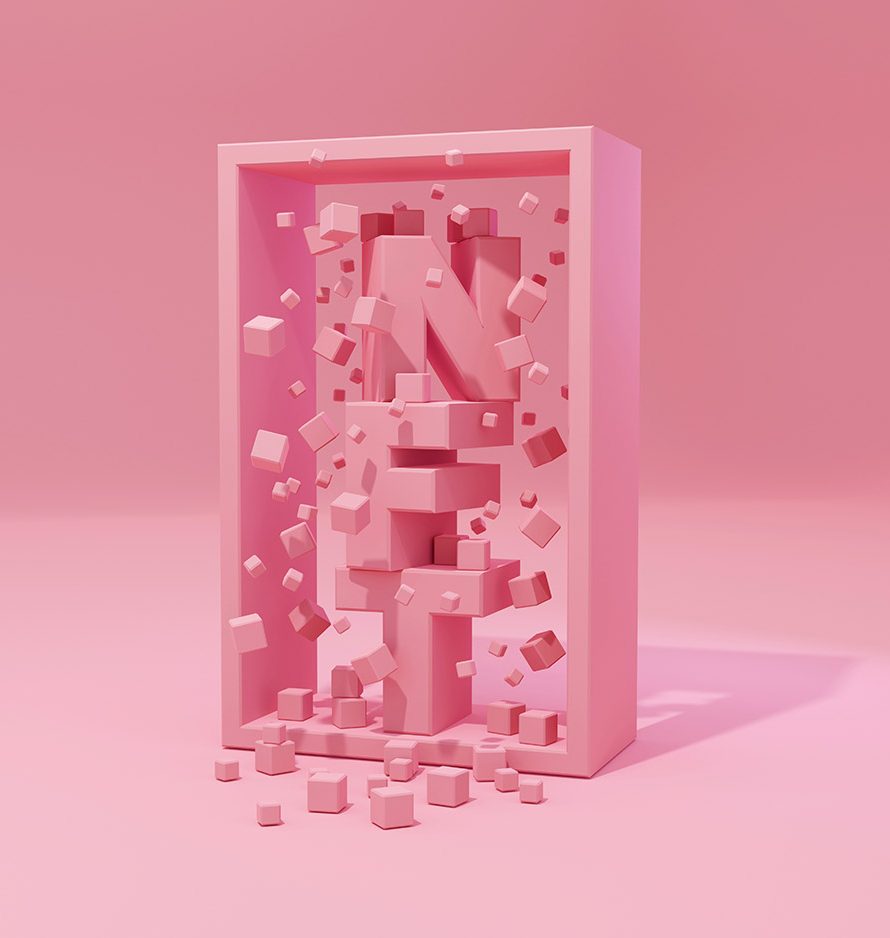JCK explores what the world of digital assets means for the jewelry industry
Non-fungible tokens, or NFTs, might be the hottest new way for the meme-stock crowd to chase improbable riches. But it would be a mistake to overlook these creations as playthings for gamers and people who use virtual reality to immerse themselves in the metaverse.
Observers of the burgeoning market for NFTs note how they have swept through the world of art collecting and are beginning to attract the attention of digital pioneers in the fine jewelry industry.
NFTs, Blockchain, and the Promise of Security and Traceability
The term NFT can be most simply defined as a unique digital asset that is created, stored, and authenticated via blockchain technology. Bitcoin would be an example of a fungible token, in that one bitcoin is worth the same as another one, making them interchangeable. Non-fungible tokens are one of a kind.

For some, the most obvious case for NFTs in the jewelry business is centered on their ability to authenticate ownership and track changes in that ownership over time—an application of great interest to jewelry designers and sellers, particularly gem dealers. The decentralized nature of blockchain transactions, the time stamp that is indelibly generated every time a transaction takes place, and the uncrackable security built into the algorithms at the heart of the whole blockchain universe provide an ironclad method for verifying a stone’s provenance and ownership history.
“We’ve seen an interest in the jewelry space around logging ownership for insurance and GIA certification,” says NFT and cybersecurity expert Nick Donarski, founder of ORE System, a blockchain technology company based in Austin, Texas. “Insurance is going to be a big thing, not just for the jewelry market but more luxury goods. You’re going to see insurance and ownership documentation be time-stamped so that original items can be validated publicly.”
The NFTs are stored in a digital wallet, a sophisticated program that safeguards the code that comprises the tokens. (Digital wallets are also where people who invest and transact in cryptocurrencies such as bitcoin store their virtual coins.) As more people learn about the security of the decentralized digital ledger that facilitates the holding and trading of digital assets, adoption will soar, according to Donarski. “Right now, it’s really about educating users about what they are,” he says. “It’s all based on a hash, and it’s all time-stamped.”
Hashes are algorithms that drive the mathematical underpinnings of cryptocurrencies, NFTs, and other digital assets. The complexity of those calculations is what makes crypto assets secure. The time stamp is important because it establishes what can be thought of as a digital paper trail of ownership for a digital asset such as a crypto coin or a piece of virtual jewelry.
Virtual Accessories: Not Just for Gamers Anymore
Some designers see value in NFTs as artistic creations in their own right. According to proponents, the development of digital luxury goods is the natural next step as the virtual landscape becomes increasingly more like the “real” world.
Jacob & Co., renowned for its luxury watches, proved that last year when its NFT SF24 Tourbillon sold at auction for $100,000 to an anonymous buyer through the digital auction house ArtGrails.
“NFTs are absolutely incredible,” says Viviana Langhoff, owner of Chicago-based Adornment + Theory. Langhoff has created NFT versions of a few of her signature pieces, which she sells in conjunction with the physical items. “Just like fine art, it doesn’t lose its value,” she says of the digital assets.
The jewelry industry is well suited to create NFTs, given that designers and brands already understand the value of something beautiful and wholly unique. Designers who make one-of-a-kind pieces can use those same skills and tap into the same customer desires in the virtual milieu by creating an NFT. “You create value with its rarity, just like its rarity in the real world,” Donarski says.
Langhoff says she also is a proponent of NFTs because designers get to share to a greater degree in their value generation. Each time an NFT is resold, the creator gets a small cut of the profit. “I have a big passion for artists owning their work, and NFTs are set up essentially like a royalty system,” she says.

Jewels for the Metaverse?
As a concept, the metaverse is so new that even advocates struggle with exactly how to characterize it. Is it a marketplace? An immersive social network? An arena for virtual-reality entertainment and digital gamesmanship?
According to experts, it is all three—and then some. While the contours of the metaverse in its current nascent form are still being created, forward-thinking jewelry designers see an intriguing opportunity for a whole new category of possessions that stand on their own artistic merit and hold real-world monetary value.
Already, it is commonplace for gamers who participate in multiplayer video games to adorn their avatars—the characters they play in the game—with skins, which can be thought of as digital outfits or accessories. Technically speaking, skins are digital assets bought and paid for within the game. Skins don’t change the course of game play; they have a strictly aesthetic function. This is the kind of niche where experts anticipate the fine jewelry industry will find a home in the metaverse.
For jewelry manufacturer MYKA, NFTs are a natural extension of the brand’s focus on unique, personalized necklaces and other adornments. “Digital assets offered a compelling new way to extend the MYKA brand,” says Ronnie Elgavish, vice president of global marketing, adding that NFTs “mark our exact position between fashion and data.”
Like Langhoff’s use of the technology, MYKA’s new NFTs are being bundled with their real-life jewelry counterparts: For an additional $50, customers buying one of three popular customizable necklaces can order the corresponding NFT, which is sent to their digital wallet.
As the world progresses, “traders and consumers will realize the value of digital assets just as tangible ones seem today,” Elgavish says. “Within this context, virtual jewelry will be a necessity in the future.”
(NFT blocks: Getty Images; Langhoff and Astra necklace: Melody Joy Co.)
